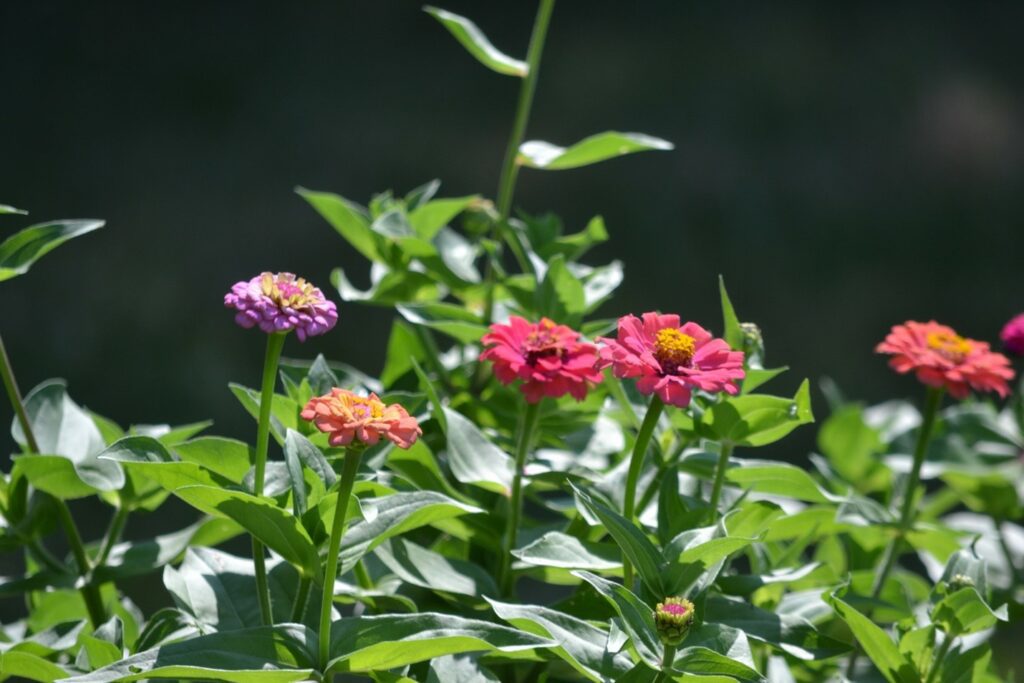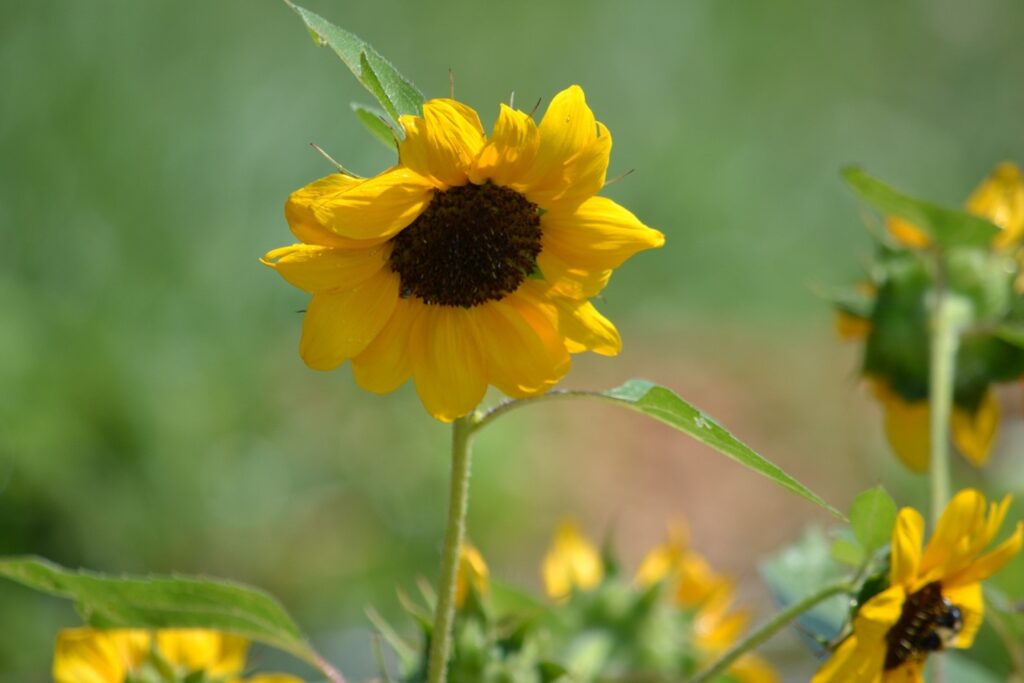For those of us who enjoy the buzz and movement from birds, butterflies, and bees, attracting these flying creatures to your landscape can be a breeze with the right plants. If you welcome natures pollinators, plant these flowering annuals and perennials and watch your space come to life. Many of these plants self-sow after the flowering stage so find an area you can let them grow and go just a little wild – it will create a habitat for beneficial insects and help nearby gardens produce more fruit.
Yarrow – known botanically as Achillea millefolium, is a perennial that has fern-like evergreen foliage. It spreads slowly across the landscape and can be mowed or cut back and easily managed if you do not want the seeds to spread the plant elsewhere. This beauty blooms throughout summer and comes in various colors. The natural white variety of the uncultivated species is known to the world of herbalists. While some may find the cultivated yellow version that you see in floral bouquets as appealing, others opt for the pastel or pink varieties. No matter which color you choose, the bees and butterflies will still choose you to come and visit.
Bee Balm – known botanically as Monarda species, this is a perennial that can have light pink, lavender, or bright red blooms – depending on the species you choose. Some varieties can be more like an annual and do not return or be pulled out with ease. The bright red blooms of Monarda didyma is known to attract hummingbirds and can make your summer garden pop this year. Other varieties are known for their use in herbal remedies and can have an interesting flower structure that looks whimsical but is fun for the bees and butterflies to co-habitat on.

Zinnias & Sunflowers – these annuals are super easy to start from seed at the end of April or the first week of May. Choose a south facing window in your home and keep the medium moist until germination. You can use seed starting soil from a local garden store and use plastic cups with drainage holes or small pots with drainage holes. Some may cover the soil with a plastic lid or wrap to help humidity stay high in the early stages of germination. You remove the cover once signs of life appear (the most exciting part of growing from seed!). These are great plants to start by seed for beginners, such as young adults or children. Transplant to the garden after Mothers Day in Zone 7 and keep the soil moist throughout the first month after transplanting. Also check the soil during long dry spells of summer. Zinnias and sunflowers can bring many different types of pollinators to your yard. While sunflowers are one and done, zinnias benefit from being cut regularly and re-bloom. So cut a few stems for your indoor vase and watch it return more full and lovely in your garden.


